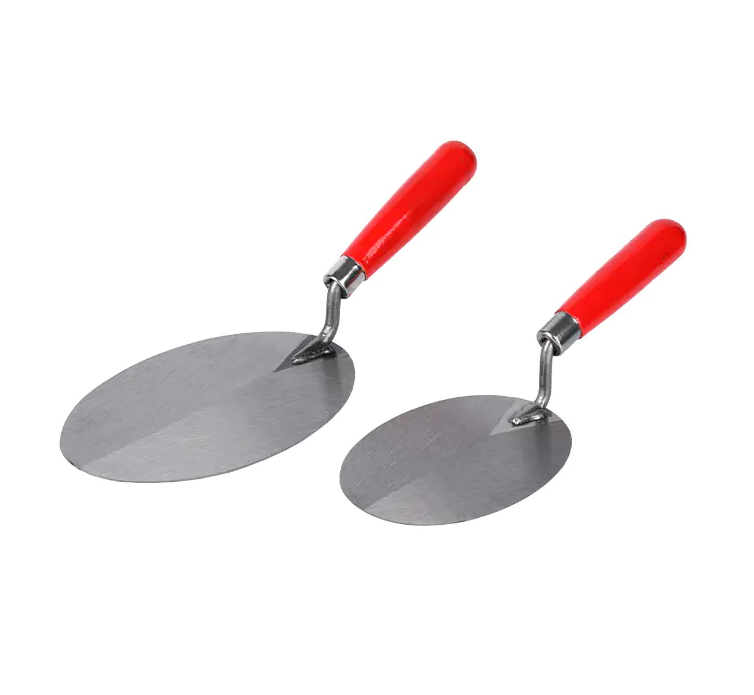From a manufacturer’s perspective, producing a reliable bricklaying trowel involves balancing various performance, cost, and material considerations. Every aspect, from blade selection to handle material, impacts the final product’s usability and durability on construction sites. Understanding the needs of both professional and casual users is essential for creating tools that perform well across different job environments.
One challenge for manufacturers is selecting appropriate blade materials. The tool must endure frequent contact with mortar, bricks, and rough surfaces. Metals like carbon steel and stainless steel are common choices because they offer a good balance of strength and resistance to wear. However, cost, availability, and ease of production also influence material selection during manufacturing.
Another area manufacturers address is handle design. User feedback often highlights issues like discomfort during prolonged use or reduced grip in wet conditions. In response, manufacturers test various handle shapes, textures, and materials to enhance ergonomics and safety. Some designs incorporate features to reduce wrist strain and improve overall control, especially during repetitive tasks.
Consistency in manufacturing is equally important. Differences in blade thickness, angle, or balance can affect tool performance on-site. To maintain quality, many manufacturers adopt precise stamping, grinding, and heat treatment processes. These steps help ensure each bricklaying trowel meets industry expectations and can withstand typical working conditions without premature failure.
Packaging and transportation challenges also influence product design. Thin blades can bend during shipping, and unprotected edges may cause accidents. Manufacturers often develop protective covers or reinforced packaging solutions to prevent damage during transit, keeping products in good condition until they reach the user.
Additionally, offering a variety of trowel sizes and shapes is a strategy many manufacturers use to meet diverse market demands. Different regions and industries prefer specific tools, so providing options helps manufacturers stay competitive while supporting the needs of construction teams worldwide.
In short, manufacturers continuously refine bricklaying trowel designs by responding to user needs, improving material selection, and maintaining consistent quality standards, ensuring their tools remain dependable across various applications.
